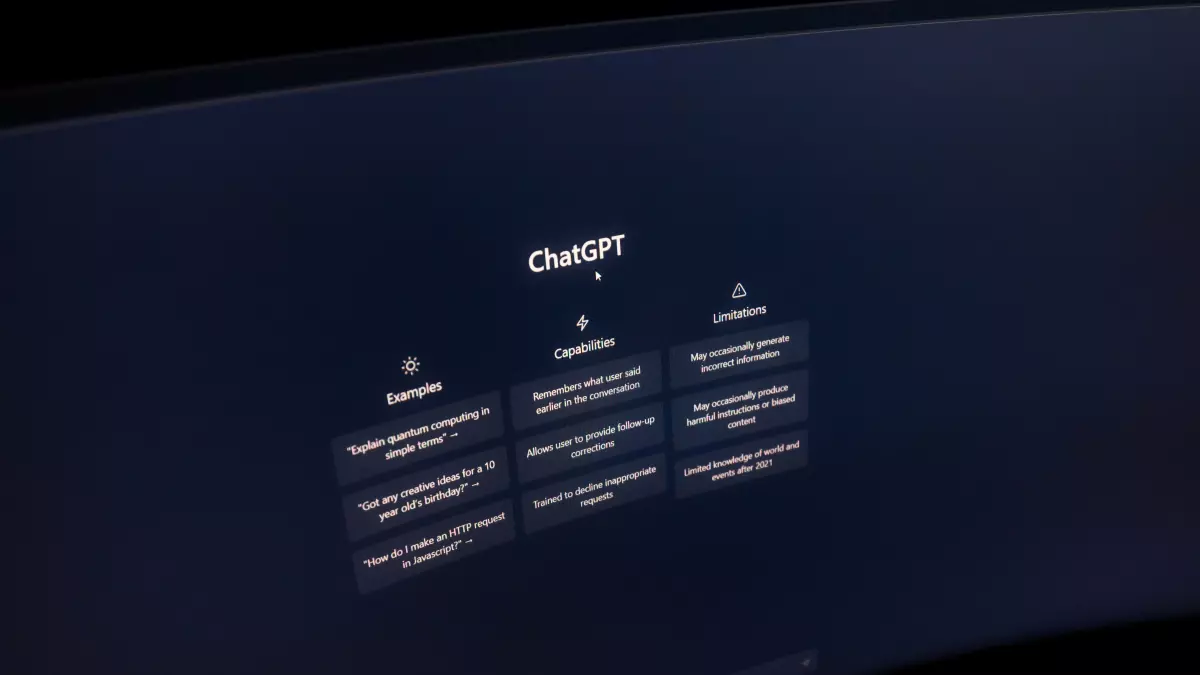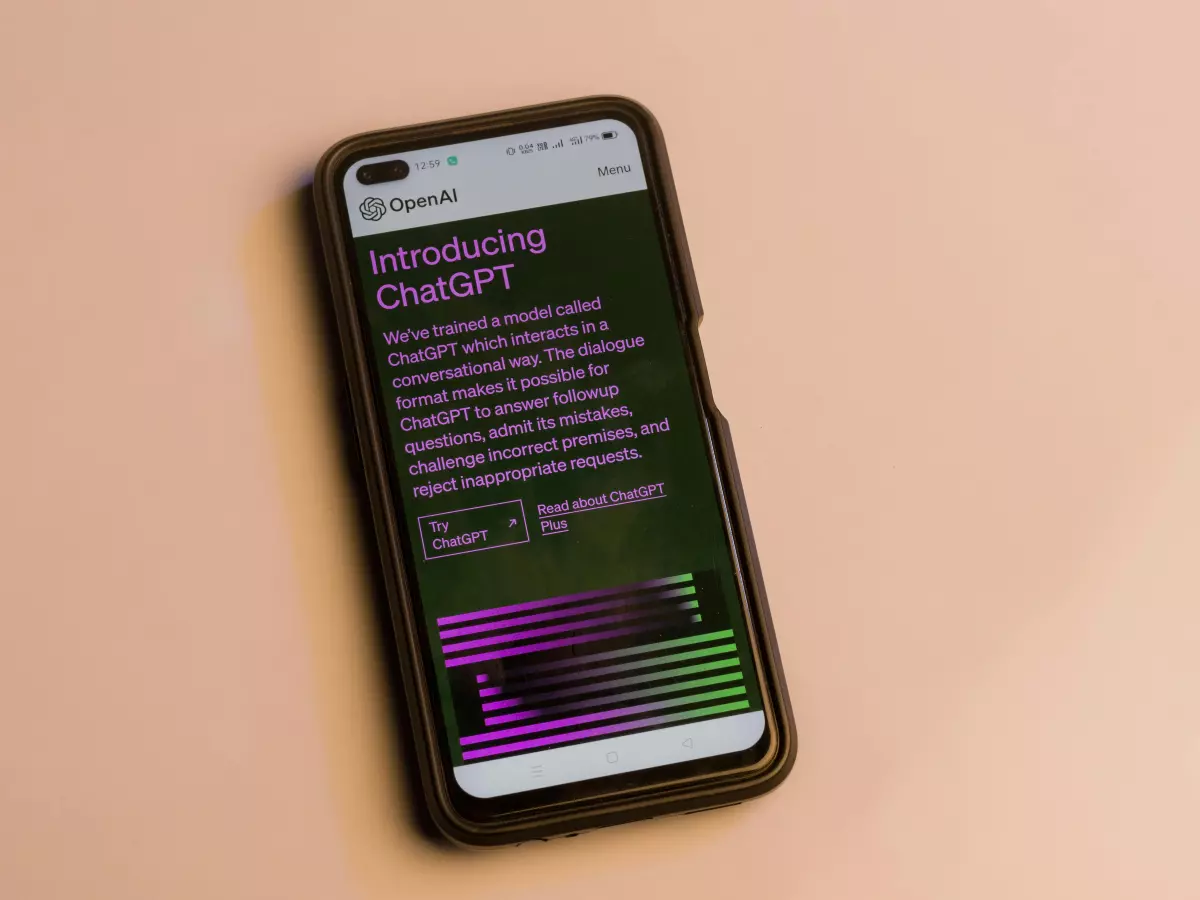OpenAI's Big Moves
If you thought AI was already mind-blowing, buckle up—OpenAI just hit the accelerator.

By Sophia Rossi
There’s a common misconception that AI is already as good as it gets. After all, we’ve got ChatGPT, image generation models, and even robots that can dance better than most of us at weddings. But here’s the thing: AI is just getting started, and OpenAI is making sure we all know it.
At their annual DevDay conference in San Francisco, OpenAI dropped some serious upgrades for developers, and trust me, these are not your average tweaks. We’re talking about a realtime API, prompt coaching, and vision fine-tuning on GPT-4o. These features are designed to make AI not only smarter but also more adaptable and interactive in real-time. So, if you’re a developer, this is your moment to shine.
Realtime API: Because Waiting is So 2022
Let’s start with the realtime API. You know how sometimes you’re waiting for an AI model to process something, and it feels like watching paint dry? Well, OpenAI is saying goodbye to that. The new realtime API is designed to process inputs and outputs faster than ever, making it perfect for applications that need quick responses. Whether you're building a chatbot, a virtual assistant, or even an AI-powered game, this API will keep things snappy.
Imagine playing a game where the AI reacts to your moves in real-time, or using a virtual assistant that doesn’t need to “think” before responding. Yeah, we’re living in the future now.
Prompt Coaching: AI, But Make It Personal
Next up is prompt coaching. If you’ve ever used ChatGPT, you know that sometimes it’s like talking to a genius, and other times... well, not so much. That’s where prompt coaching comes in. It allows developers to fine-tune how the AI responds to specific prompts, making it more consistent and reliable.
Think of it like giving your AI a pep talk before it answers you. You can guide it to focus on certain topics or avoid others, making the responses more tailored to your needs. This is a game-changer for businesses that rely on AI for customer service or content creation. No more rogue AI responses that leave users scratching their heads.
Vision Fine-Tuning: See the World Through AI’s Eyes
Finally, we’ve got vision fine-tuning on GPT-4o. This is where things get really interesting. OpenAI is giving developers the ability to fine-tune how AI interprets and generates images. Whether you’re working on an app that uses image recognition or creating AI-generated art, this feature will let you tweak the AI’s “vision” to better suit your project.
According to Gadgets360, this fine-tuning capability is especially exciting for industries like robotics, where AI needs to “see” and understand its environment in real-time. Imagine a robot that can not only navigate a room but also recognize objects and people with pinpoint accuracy. The possibilities are endless.
In short, OpenAI is giving developers more control over how AI sees and interacts with the world. And that’s a big deal.
To sum it all up, OpenAI’s DevDay announcements are a clear signal that AI is evolving, and fast. These new tools—realtime API, prompt coaching, and vision fine-tuning—are designed to make AI more responsive, adaptable, and personalized. So, whether you’re a developer or just someone who loves tech, it’s time to get excited about what’s coming next.
As OpenAI continues to push the boundaries, one thing is clear: the future of AI is not just about making machines smarter, but about making them more human.
“AI is not here to replace us; it’s here to amplify what we can do.”





